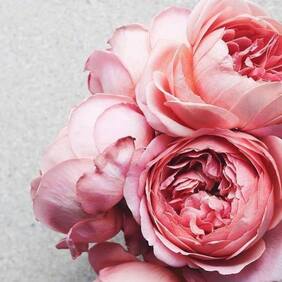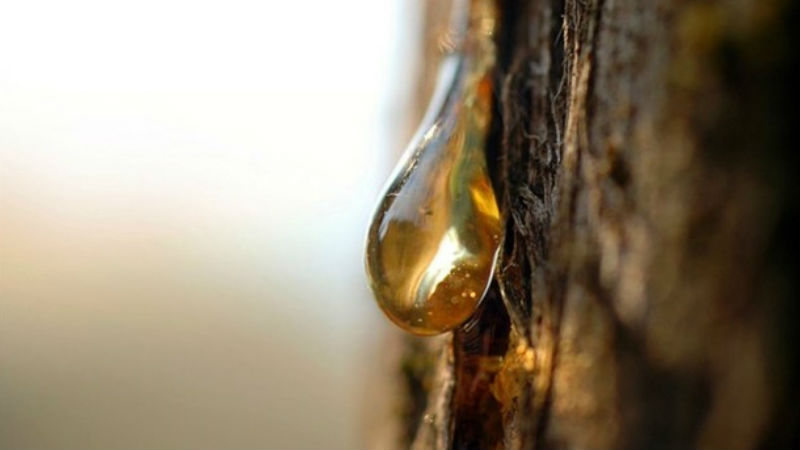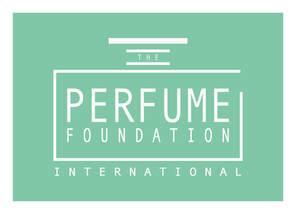|
by Vennie Chou, Natural Skin Care Expert and Natural Perfumery Teacher's Academy Academician I have been learning about plants for many years. However, it was not until I learned about the basic philosophy of I-Jing, the Book of Changes, that I realized the communication and connections between living things. The word “I” in “I-Jing” means Chameleon. A chameleon reacts to its environment and changes its colour to respond and survive. Plants change their colours and scents in response to changes of seasons, temperatures, humidity and many other surrounding variations. Animals also respond to changes to occurrences in their physical environments, both expected and unexpected, to improve their well-being. These responses of plants and animals are their means of survival. One of my favorites of nature’s responses is tree resins. Tree resins are produced and secreted by certain trees when they are injured. The tree resins form coverings to heal the injuries. The resins are scented to deter insects and fungi to minimize infections. These scented tree resins are common ingredients used in perfumes and skincare products. Some examples of resins are Frankincense, and Myrrh. These scents are soothing, grounded, and calming to me. I like to use resins in skincare as they heal trees and thus, heal our skin. I recently learned about musk that comes from an animal called Civet. Civet cats originated in Africa. It has a body that looks like a cat and face of mongoose. The female and male Civet cats often produce scented secretion, Civet paste. The scent gland is near the peri-anal/ anus area. The secretion marks territory and is used as a way of communication when searching for mates. Fresh Civet paste looks and smells like fecal material. Some describe it as scent similar to urine. However, over time, the scent changes from fecal to floral. As a result, Civet paste is heavily used in perfume industry. Nevertheless, what happens to the intestinal flora or intestinal health, if these animals do not have a normal diet, living under stress and fear in captivity? What really is in the fecal paste when the paste is produced neither for marking territory nor looking for mates? As a result, what really goes in the perfume or musk from these animals? Natural Perfume is a Scent that Speaks. Often, when we develop a product, we only focus from the point when raw materials are collected to the manufacturing processes. We forget to think about the environmental changes, health and living conditions of the raw materials. Natural perfume is a reflection of how we treat the earth and the environment. It is scent that speaks.
0 Comments
|
Archives
October 2023
Categories
All
|





 RSS Feed
RSS Feed

